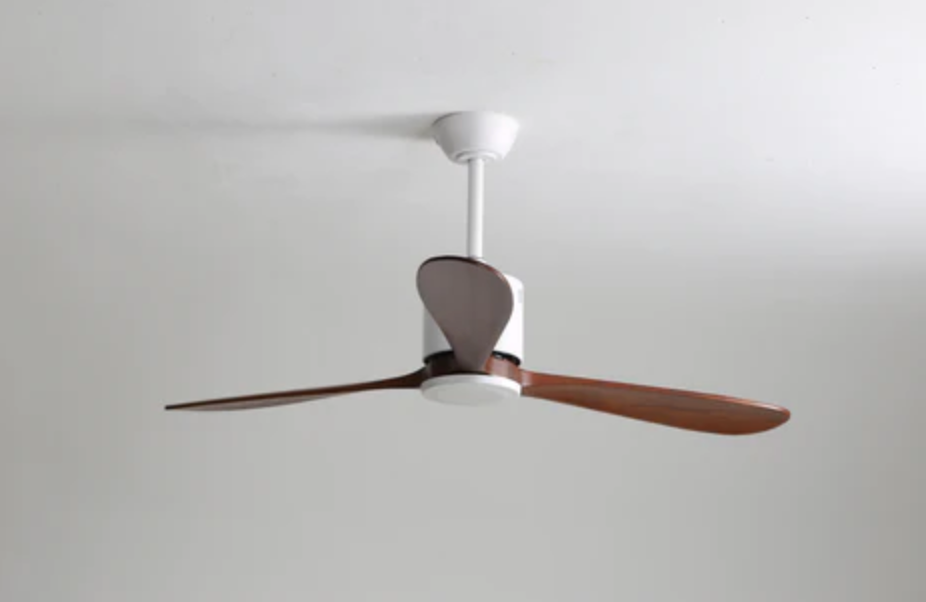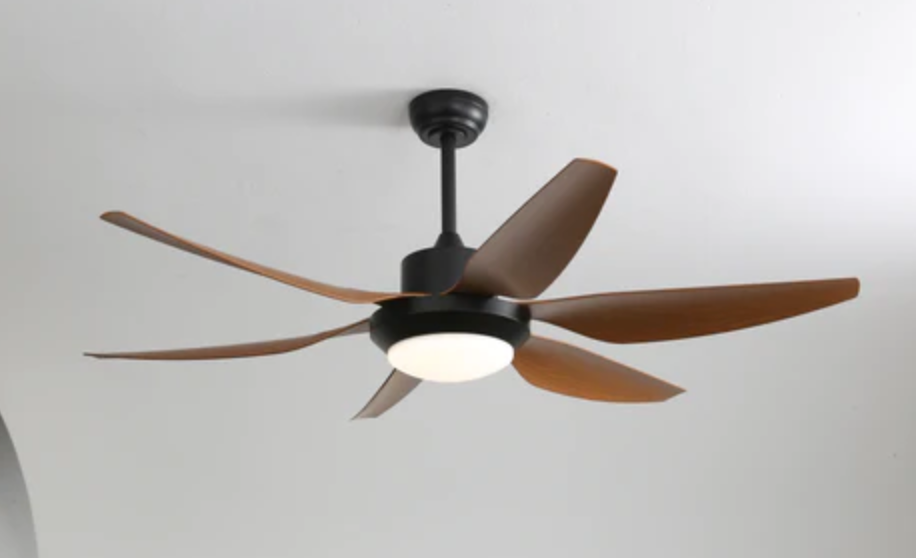
Exploring the Diverse Styles and Design Elements of Ceiling Fans
Introduction
Ceiling fans are not just functional appliances; they have evolved into stylish and essential elements of interior design. With their ability to circulate air and enhance comfort, ceiling fans also contribute to the overall aesthetic appeal of a space. In this article, we will delve into the world of ceiling fan design, exploring various styles and design elements that cater to different tastes and interior design preferences. Whether you're looking for a traditional, contemporary, rustic, tropical, or industrial style, there's a ceiling fan to suit your unique style and enhance your living or working space.
I. Traditional Ceiling Fans
Traditional ceiling fans exude elegance and timelessness. These fans often feature ornate details, such as decorative metalwork and intricate woodwork. The design may incorporate elements like carved wooden blades, antique finishes, and elaborate light fixtures. We will explore the intricate craftsmanship and classic charm of traditional ceiling fans, showcasing their ability to complement formal and traditional interiors.
II. Contemporary Ceiling Fans
For those seeking a sleek and modern aesthetic, contemporary ceiling fans are an ideal choice. These fans boast clean lines, minimalist designs, and streamlined finishes. They prioritize functionality and often incorporate features like metallic finishes, aerodynamic blades, and integrated LED lighting. We will discuss the versatility and understated elegance of contemporary ceiling fans, highlighting their compatibility with modern and minimalist interior styles.
III. Rustic or Farmhouse Ceiling Fans
Rustic or farmhouse-style ceiling fans embrace a cozy and nostalgic ambiance. With their distressed or weathered finishes, wooden blades, and vintage-inspired details, these fans are perfect for creating a warm and inviting atmosphere. We will explore the charm of rustic ceiling fans, discussing their ability to complement farmhouse, cottage, or country-themed interiors.
IV. Tropical or Coastal Ceiling Fans
Bring a touch of paradise into your space with tropical or coastal-style ceiling fans. These fans feature palm leaf-shaped blades, woven accents, and light, airy colors, evoking a beachy and relaxing vibe. We will delve into the tropical-inspired design elements of these fans, exploring their suitability for beach houses, tropical-themed interiors, or spaces longing for a refreshing coastal breeze.
V. Industrial Ceiling Fans
Drawing inspiration from factory or warehouse aesthetics, industrial-style ceiling fans add a bold and edgy touch to any space. With their robust construction, metal finishes, and exposed mechanical elements, these fans embody a raw and utilitarian charm. We will discuss the unique design features of industrial ceiling fans and their ability to complement loft-style, urban, or industrial-themed interiors.
What is the importance of ceiling design?
The ceiling is an important element in architecture and interior design, combining functionality with aesthetics through different materials that add layers of texture and color, providing quality and comfort in interior spaces as well as a protective surface for other building systems.
Why are ceiling fans popular?
Effects on Airborne Transmission & Distribution. Ceiling fans provide a more affordable and energy-efficient alternative to air-conditioning, especially when used in conjunction with warmer room air temperature.
Why are ceiling fans more energy efficient?
The primary reason why ceiling fans save energy is simple: By moving air, ceiling fans create a wind chill effect in which the air feels cooler to the skin than the actual temperature. This means thermostats can be turned up to a warmer setting and the air in the room will still feel as if it were being cooled.
What are the disadvantages of ceiling fans?
One of the big drawbacks to having a ceiling fan is that it can be very noisy, though air conditioners can also be noisy. Air conditioners are usually kept outside, where they cannot be heard by most people inside the home. Ceiling fans are very noisy and some people may not be able to tolerate the sound.
Do ceiling fans create more heat?
The fan won't actually change the temperature of the room, it will just make it feel warmer. Be sure to turn it off when you aren't in the room to save energy. You only need your fan on the lowest setting to get the benefit. Any higher and you might actually feel colder.
Conclusion
Ceiling fans are not only practical cooling solutions but also design elements that enhance the visual appeal of a space. From traditional elegance to contemporary minimalism, rustic charm to tropical paradise, and industrial edge, there is a ceiling fan style to suit every individual's taste and complement various interior design themes. By carefully selecting a ceiling fan that aligns with your desired style and aesthetic, you can elevate the overall ambiance of your living or working space while enjoying the benefits of improved airflow and comfort.


